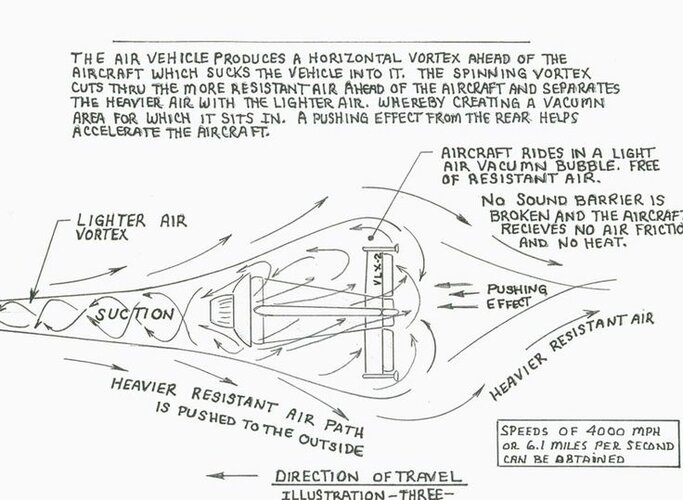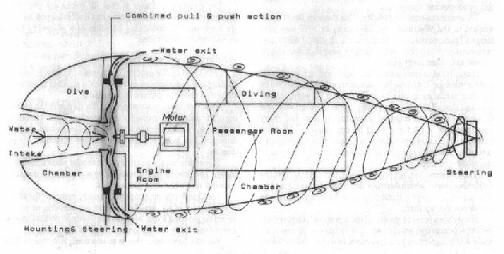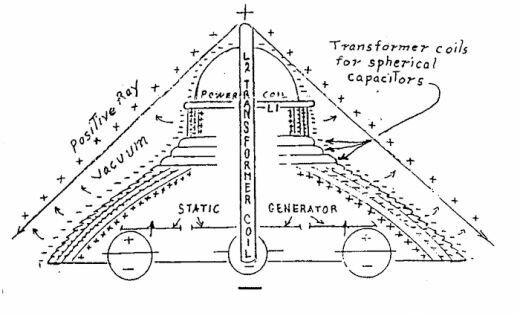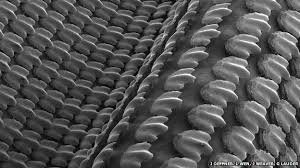Sorry, I was kinda unclear here. I meant, that lenticular form have advantages during re-entry of spacecraft into the atmosphere. Its flat bottom serves as geat shield during early phases of high-speed re-entry, and the disk shape produce lift when most velocity is bled away.
Not really. How does it transition from one direction to the other ? And what is the crew orientation?





